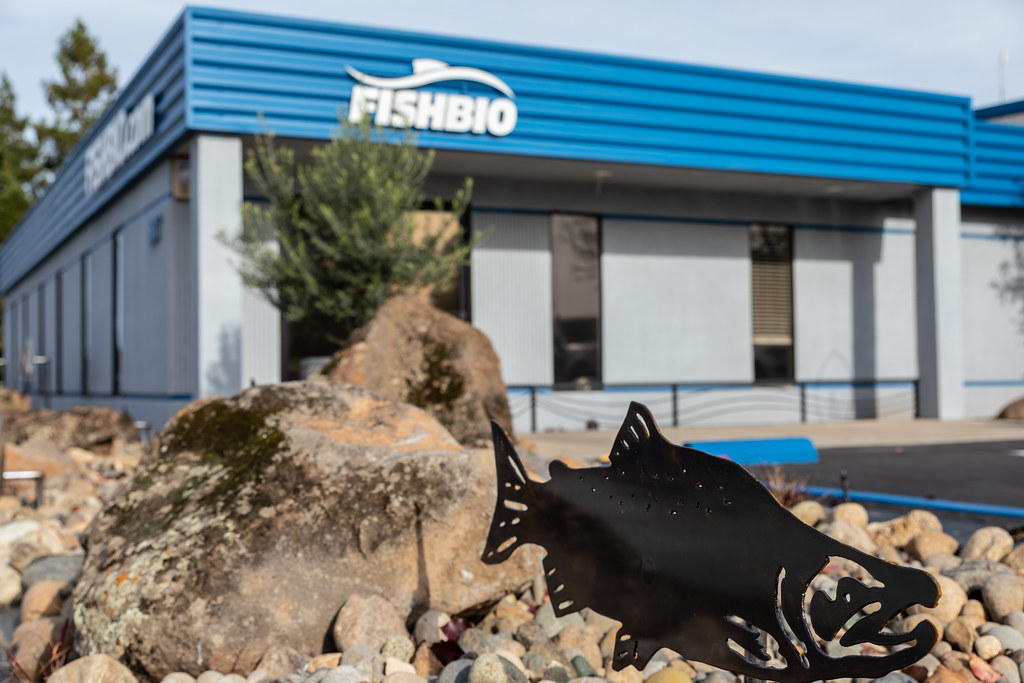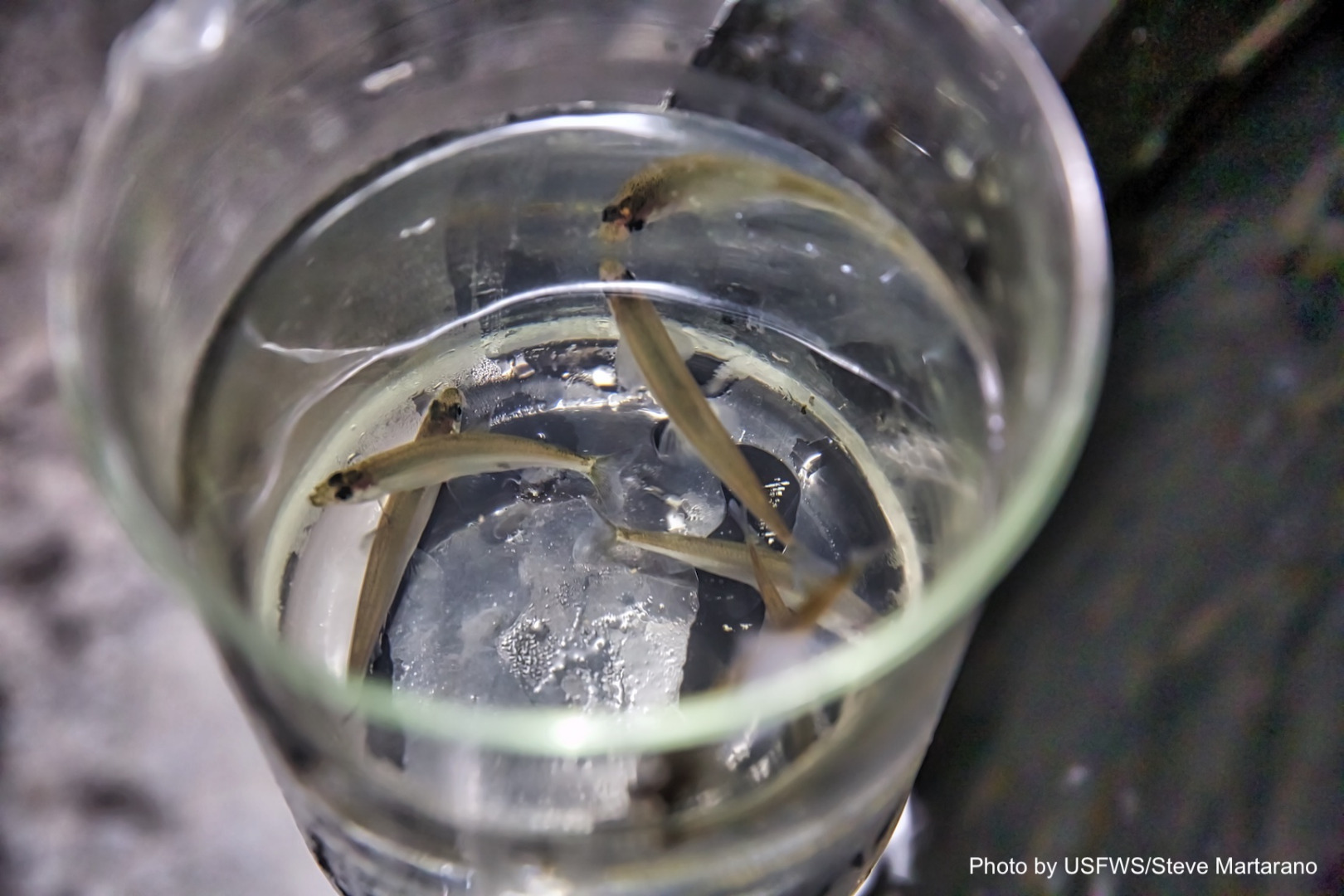From Sportfishing
Fish Report for 12-23-2019

FISHBIO Highlights of 2019
12-23-2019
FISHBIO
As we wrap up another busy year at FISHBIO, we wanted to share a few of our highlights – in written and video form. In 2019 we continued our long-term salmon and trout life-cycle monitoring on the Stanislaus, Tuolumne, and Calaveras rivers, with the notable addition of PIT tag antennas on our Stanislaus and Tuolumne weirs to help track fish movements. Our fieldwork kicked into high gear this spring, with two large-scale studies occurring on the San Joaquin and Stanislaus rivers. We conducted a mark-recapture survey of striped bass and other fish using four large fyke traps on the San Joaquin, and completed several electrofishing surveys of non-native predators on the Stanislaus as part of the Native Fish Plan. One particularly notable milestone was that, after being developed for more than a decade, a Habitat Conservation Plan for the Calaveras River was released for public comment. We’ll be sharing more information about this plan and our fisheries monitoring on the Calaveras in the coming year.
FISHBIO is a dedicated group of research scientists, engineers, and technicians that specialize in counting, tracking, and analyzing trends in fish and wildlife populations throughout the world. An expert staff, technical capacity, and state-of-the-art equipment make FISHBIO a trailblazer in aquatic research. For more information, please visit FISHBIO.com
< Previous Report Next Report >
More Reports

12-16-2019
For little fish on the menu of countless hungry predators, staying alive often means seeking refuge in the company of...... Read More

12-9-2019
Lakes and streams are naturally isolated, acting as “islands” of aquatic habitat. However, humans have amplified this isolation by creating...... Read More

Website Hosting and Design provided by TECK.net